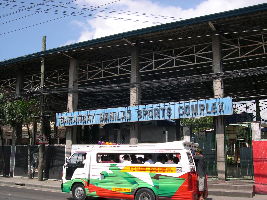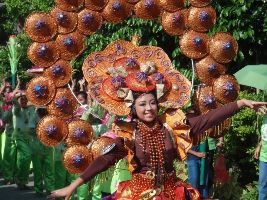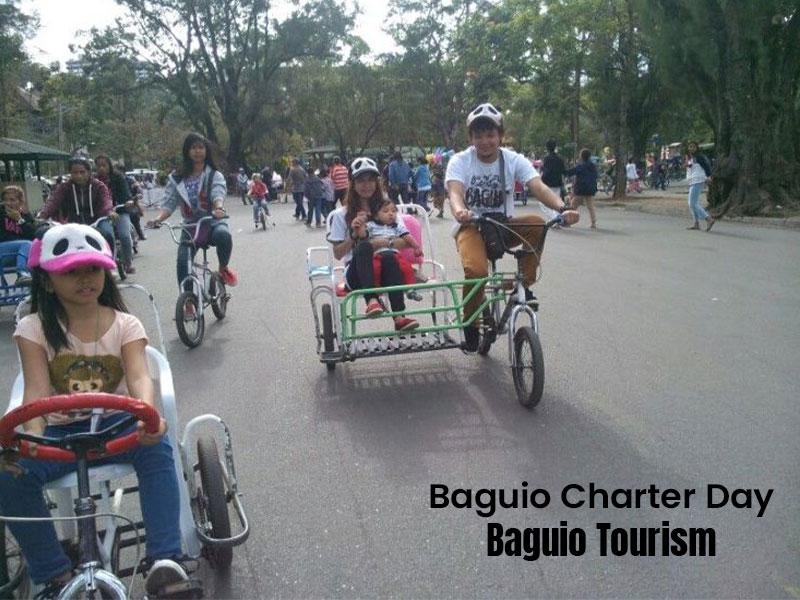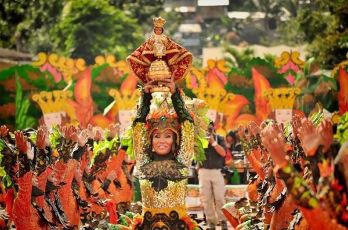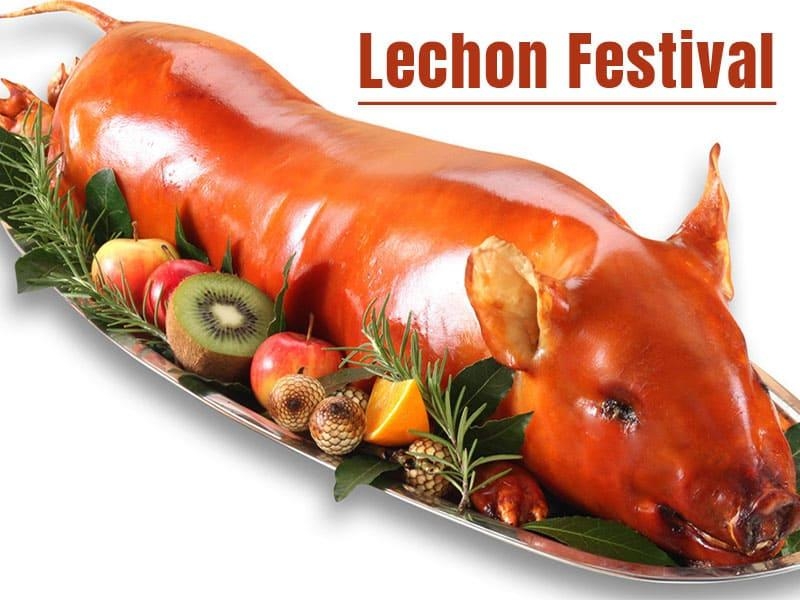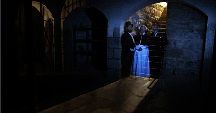- Log in
- Enquiry Form
To City (Destination)
From City
Travel Date
Travel Duration (In Days)
Adult
Child
Infant
Travel With
Hotel
Rooms
Type of Trip
Total Budget (in INR)
Ticket Booked ?
Ticket Required?
Mode of Transport
Ticket Category
I will book
Date of Birth
Gender
Marital Status
Income (Per Month)
Nationality
Preferred Language
Total countries visited so far
Do you have a Visa ?
Do you have a Passport?
Preferred Time to Call
We have identified additional inquiries related to your tour. Please review them and let us know if there are any inquiries you would like us to remove.



Sinulog Festival
Start Date
End Date
About Sinulog Festival
The festival is thought to be first of most well known celebrations in the Philippines, with each celebration of the festival routinely pulling in around 1 to 2 million individuals from everywhere throughout the Philippines consistently. The Sinulog-Santo Nino Festival is an annual cultural and religious festival held on the third Sunday of January in Cebu City, and is the center of the Santo Nino Catholic festivals in the Philippines.
Beside the religious part of the celebration, Sinulog is additionally well known for its road parties, as a rule happening the prior night and the evening of the primary celebration. The word Sinulog originates from the Cebuano intensifier sinulog which generally signifies "like water momentum development", it depicts the forward-in reverse development of the Sinulog move. The dance comprises of two stages forward and one stage in reverse, done to the sound of drums.
The dance is categorized into Sinulog-base, Free-Interpretation, and road dancing. Candle sellers at the Basilica keep on performing the customary iant of the move when lighting a candle for the client, typically joined by melodies in the local dialect. Sinulog is the custom supplication move respecting Senor Santo Nino or the Child Jesus. A picture of the Child Jesus is said to be the baptismal blessing the Portuguese conquistador Ferdinand Magellan gave Hara Amihan Humanay of Zebu now Cebu in April 1521. The picture, accepted to be marvelous, is housed at the Basilica Minore del Santo Nino in downtown Cebu City.

_1518777577t.jpg)





